Have you ever wondered how professional football and the NFL got started? How about the merger of the NFL with the competing American Football League? After all, it was this that helped to create the ultimate televised sporting event on fall Sundays and Monday nights, eventually boosting the value of franchises into the hundreds of millions of dollars. Like numerous other “all-American” discoveries we’ve shared on this site, it came from the heart, mind, and work of a Czech named George Halas. He is known as the father of the NFL who also served in both World Wars.
George Stanley Halas Sr. (February 2, 1895 – October 31, 1983), nicknamed “Papa Bear” and “Mr. Everything”, was an American professional football player, coach, and team owner. Universally celebrated as a pioneer, a visionary, a humanitarian, and a winner.
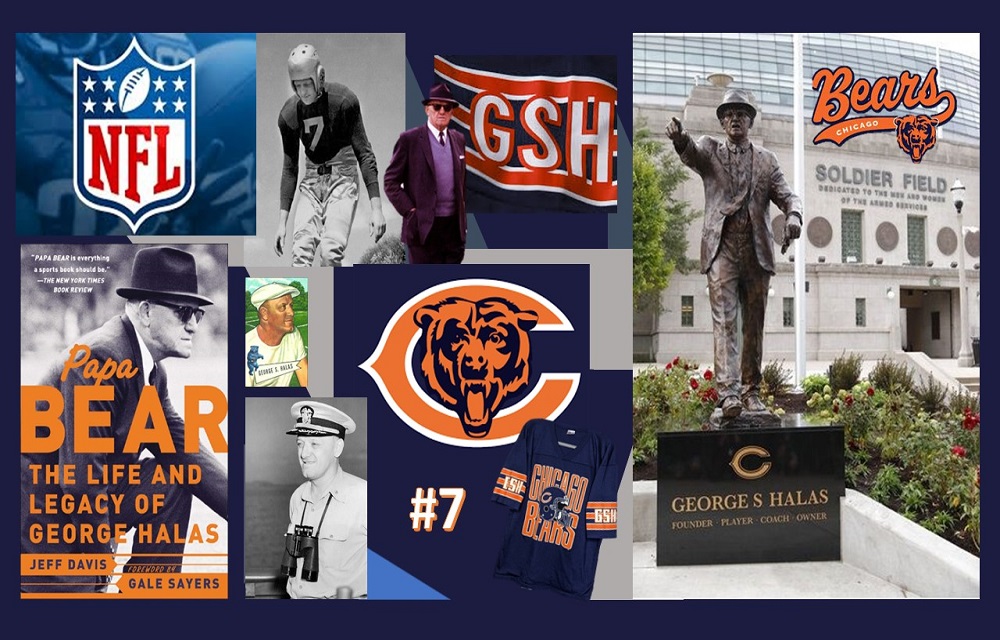
George was born in Pilsen, a Czech community on Chicago’s West Side, into a family of Czech-Bohemian immigrants. His parents were Frank Halas, an immigrant tailor from Pilsen, Bohemia, and Barbara Poledna, who ran a grocery store.
Thank you in advance for your support…
We know that you could spend hours, days, weeks and months finding some of this information yourselves – but at this website, we curate the best of what we find for you and place it easily and conveniently into one place. Please take a moment today to recognize our efforts and make a donation towards the operational costs of this site – your support keeps the site alive and keeps us searching for the best of our heritage to bring to you.
Remember, we rely solely on your donations to keep the project going.
Thank you in advance!
If you have not already subscribed to get TresBohemes.com delivered to your inbox, please use the form below now so you never miss another post.





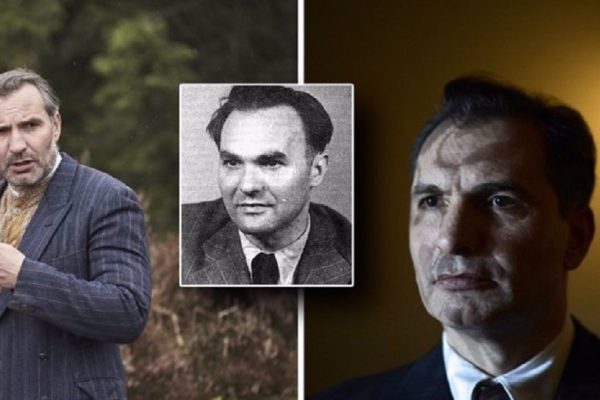
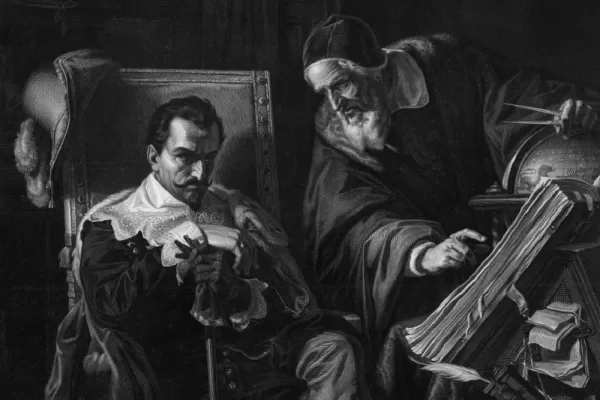
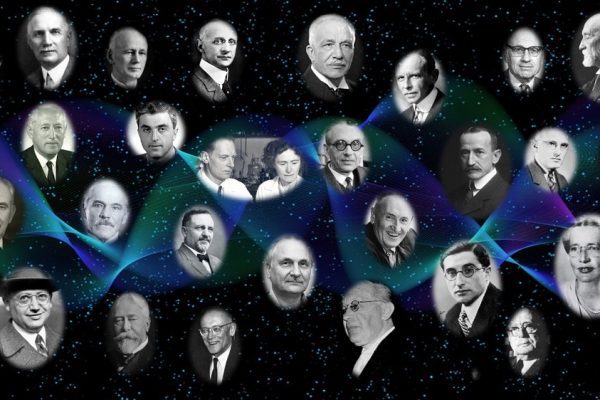



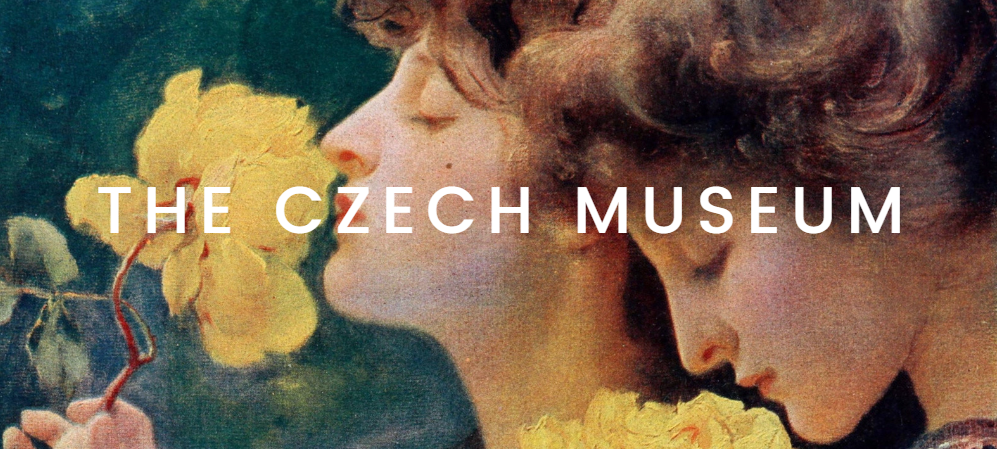




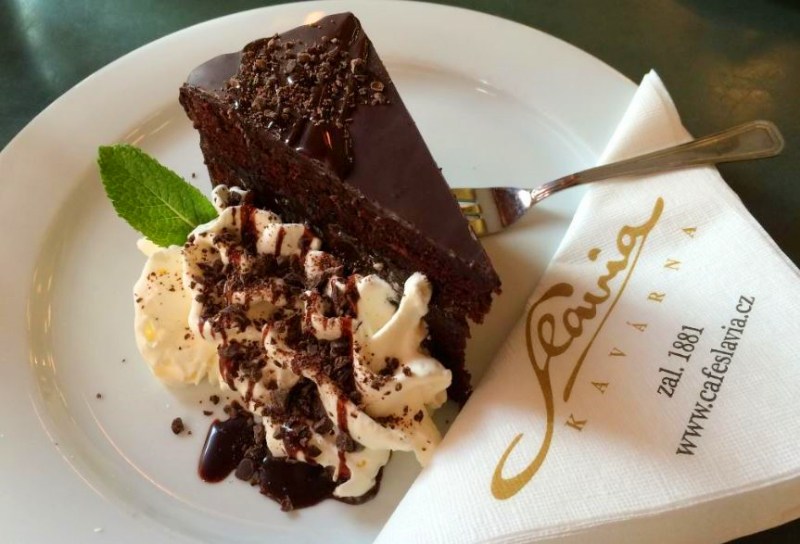



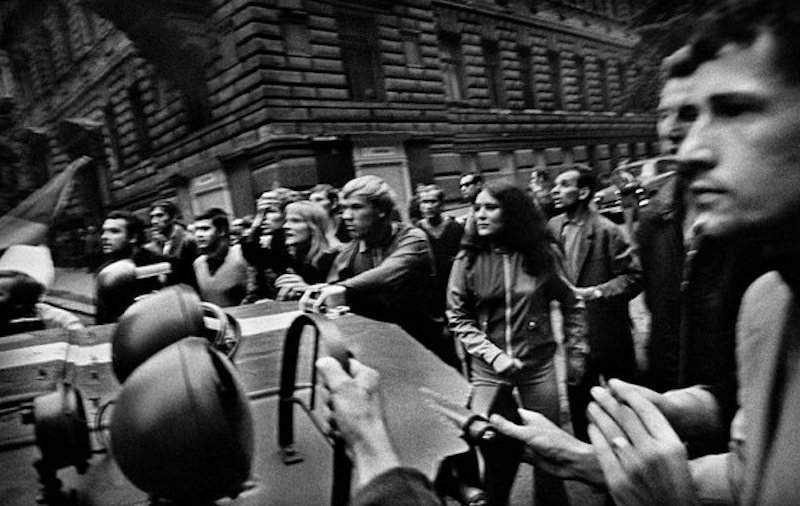
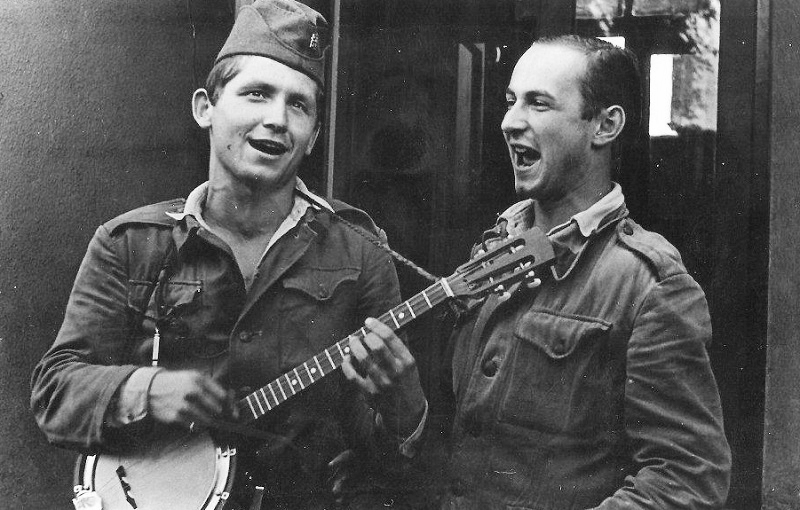
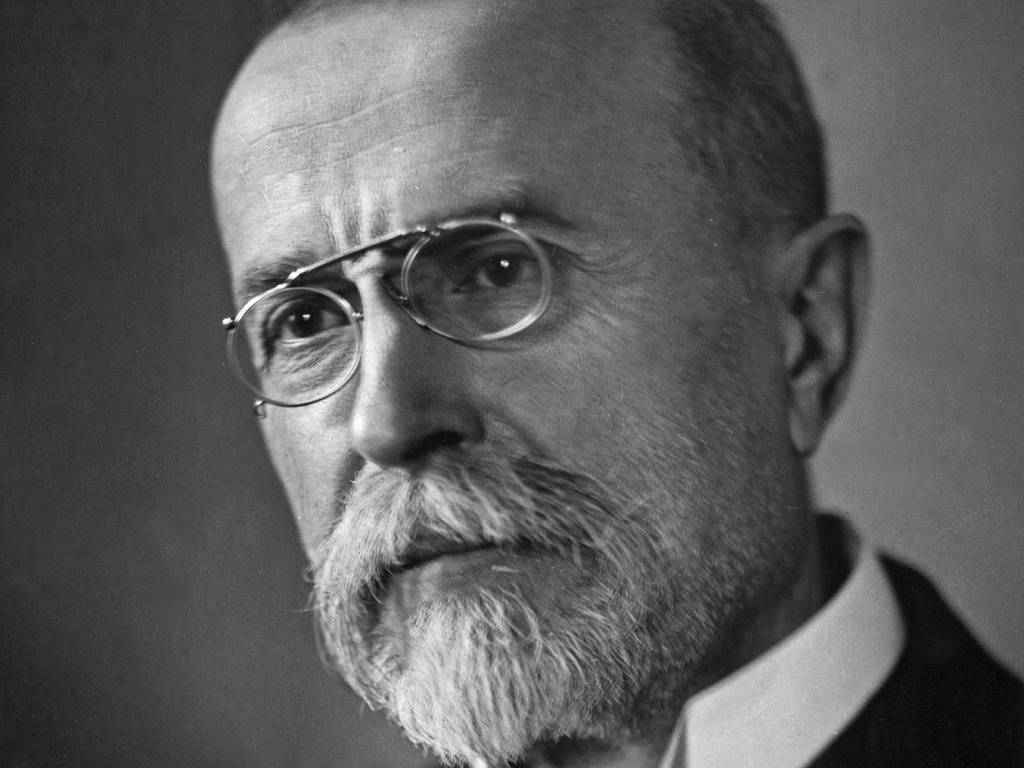
Wow, wow, wow!
I never knew that a Czech was responsible for the Bears.
It makes me proud to be Czech.
American football and NFL, founded by a Czech.
I believe it!
Great tribute to sports legend George Halas!
The Super Bowl Shuffle Lyrics
[Hook: Everyone]
We are the Bears Shufflin’ Crew
Shufflin’ on down, doin’ it for you
We’re so bad, we know we’re good
Blowin’ your mind like we knew we would
You know we’re just struttin’ for fun
Struttin’ our stuff for everyone
We’re not here to start no trouble
We’re just here to do the Super Bowl Shuffle
[Verse 1: Walter Payton]
Well, they call me Sweetness
And I like to dance
Runnin’ the ball is like makin’ romance
We’ve had the goal since training camp
To give Chicago a Super Bowl champ
And we’re not doin’ this
Because we’re greedy
The Bears are doin’ it to feed the needy
We didn’t come here to look for trouble
We just came here to do
The Super Bowl Shuffle
[Verse 2: Willie Gault]
This is Speedy Willie, and I’m world class
I like runnin’ but I love to get the pass
I practice all day and dance all night
I got to get ready for the Sunday fight
Now I’m as smooth as a chocolate swirl
I dance a little funky, so watch me girl
There’s not one here that does it like me
My Super Bowl Shuffle will set you free
[Verse 3: Mike Singletary]
I’m Samurai Mike, I stop ’em cold
Part of the defense, big and bold
I’ve been jammin’ for quite a while
Doin’ what’s right and settin’ the style
Give me a chance, I’ll rock you good
Nobody messin’ in my neighborhood
I didn’t come here lookin’ for trouble
I just came to do The Super Bowl Shuffle
[Hook: Everyone]
We are the Bears Shufflin’ Crew
Shufflin’ on down, doin’ it for you
We’re so bad, we know we’re good
Blowin’ your mind like we knew we would
You know we’re just struttin’ for fun
Struttin’ our stuff for everyone
We’re not here to start no trouble
We’re just here to do the Super Bowl Shuffle
[Verse 4: Jim McMahon]
I’m the punky QB, known as McMahon
When I hit the turf, I’ve got no plan
I just throw my body all over the field
I can’t dance, but I can throw the pill
I motivate the cats, I like to tease
I play so cool, I aim to please
That’s why you all got here on the double
To catch me doin’ the Super Bowl Shuffle
[Verse 5: Otis Wilson]
I’m mama’s boy Otis, one of a kind
The ladies all love me
For my body and my mind
I’m slick on the floor as I can be
But ain’t no sucker gonna get past me
Some guys are jealous
Of my style and class
That’s why some end up on their [whistle]
I didn’t come here lookin’ for trouble
I just get down to The Super Bowl Shuffle
[Verse 6: Steve Fuller]
They say Jimbo is our man
If Jimmy can’t do it, I sure can
This is Steve, and it’s no wonder
I run like lightnin’, pass like thunder
So bring on Atlanta, bring on Dallas
This is for Mike and Papa Bear Halas
I’m not here to feather his ruffle
I just came here to do
The Super Bowl Shuffle
Excellent post.